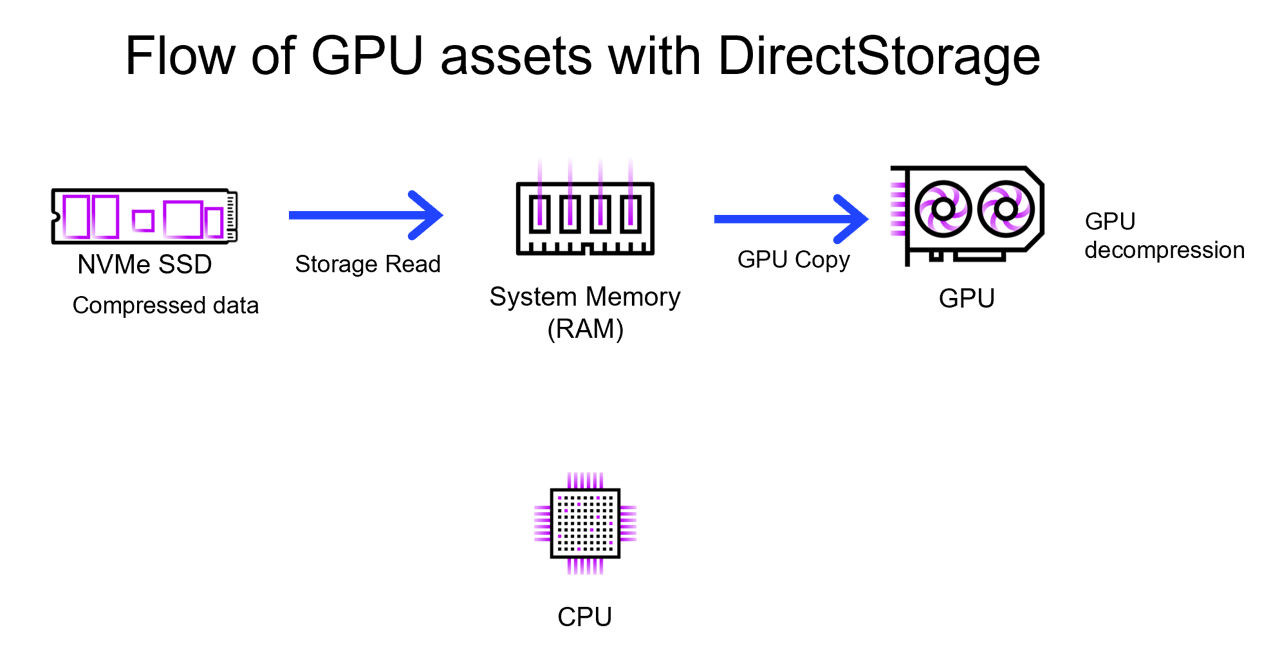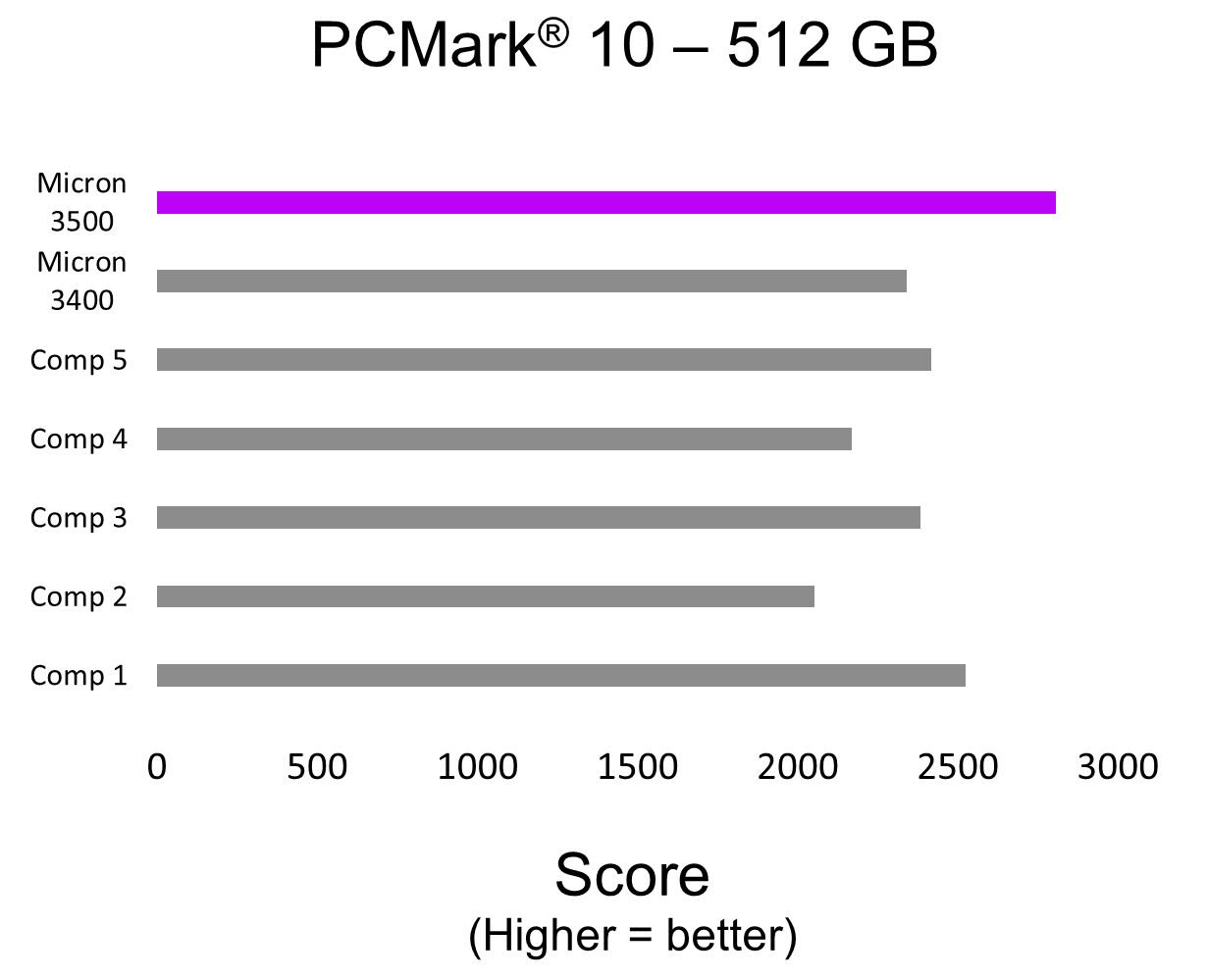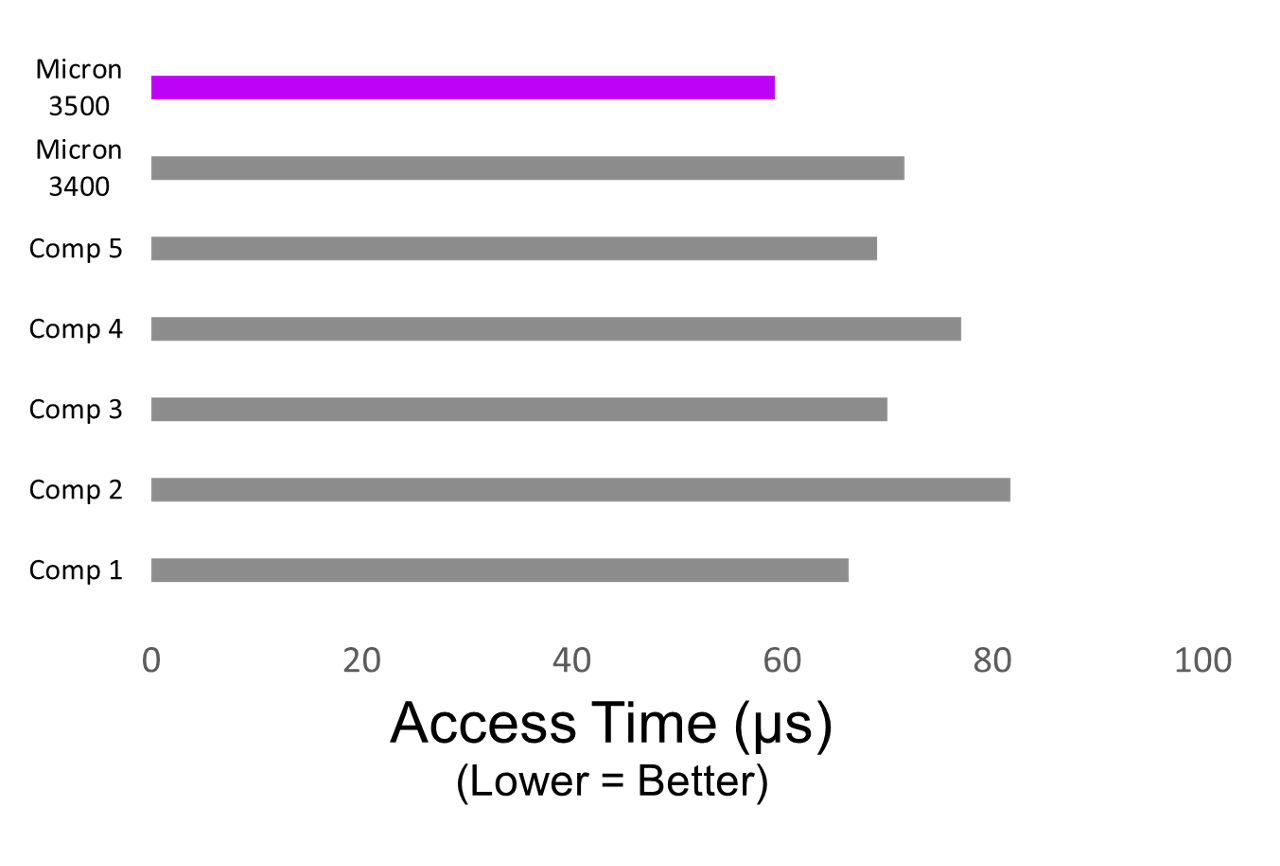- US - English
- China - 简体中文
- India - English
- Japan - 日本語
- Malaysia - English
- Singapore - English
- Taiwan – 繁體中文
The personal computer (PC) has transformed into a multifaceted instrument, serving a wide array of users. Among these users, business professionals and gamers stand out. Despite their distinct needs, there is a common thread that binds them — the quest for a superior user experience. This shared pursuit shapes PC and workstation designs in unique ways.
Solid state drives (SSDs) have emerged as a pivotal component in augmenting the user experience on client devices by boosting power efficiency, speed and reliability. There are primarily two categories of client SSDs to choose from:
- Value client SSDs: These SSDs strike a balance between features, performance and affordability. They often feature a “DRAM-less” architecture offloading some storage operations to the PC host memory buffer as a trade-off for reducing onboard DRAM cost.1 They are ideal for everyday computing applications, providing an optimal blend of user experience and affordability.
- Performance client SSDs: These SSDs offer superior user experience and outperform value client SSDs. Often designed with onboard DRAM caching to help enable higher performance and responsiveness, they are increasingly popular in both professional and gaming PCs that require high performance.
Professional and scientific computing user experience
In the professional and scientific worlds, PCs are vital tools. They enable data analysis, project management, product development tools, and more. The user experience for professional, business, and scientific applications is centered around data transfer rates, reliability and security.
Professional and scientific computing users often juggle multiple tasks simultaneously, necessitating PCs with robust processors, ample RAM, and performance-level client SSDs for the most demanding applications. These specifications ensure an optimal user experience.
Gaming user experience
The gaming industry's meteoric rise has spurred advancements in PC technology. For gamers, the user experience hinges on responsiveness and performance. Games are resource-intensive applications that require high-performance hardware to quickly load huge graphics sets. Gaming PCs often boast powerful graphics cards and high-speed processors.
Performance SSDs elevate the user experience by reducing game loading times and transition time between scenes.
DirectStorage for gaming
Typically, as shown in Figure 1 below, an SSD sends compressed data to the central processing unit (CPU) to be decompressed before sending it to the graphics processing unit (GPU) for rendering. However, that decompression takes time and CPU cycles. Microsoft DirectStorage avoids this problem by shipping all that data directly to RAM and then to the GPU. This streamlines the entire process of data transfer, decompression and rendering in the GPU, bypassing the CPU.

With DirectStorage the result is faster data transfers that maximize the advantage of a high-performance SSD. Today there are just two PC games that take advantage of DirectStorage — Forespoken™ from Luminous Productions and Diablo IV™ from Blizzard Entertainment. As drivers are optimized for DirectStorage more PC games are expected to support it in the future.
Micron 3500 NVMe™ SSD: A game changer
Micron has upped its game with the announcement of the Micron 3500 NVMe™ SSD. This new client performance SSD offers an industry-leading user experience for the most demanding client applications in professional computing, science, gaming, and content creation.2
The Micron 3500 SSD accelerates insights and enhances productivity across a wide range of professional computing applications. When compared to competition:3,4
- Life sciences, medical and scientific applications score up to 132% better.
- Media and entertainment, 3D modeling and graphic arts score up to 74% better.
- Product development applications score up to 71% better.
- PCMark 10 scores up to 38% better.



The Micron 3500 SSD elevates your game with the industry’s leading performance SSD for client PC user experience. With the Micron 3500 you can load games like Valorant up to 38% faster and gain a critical advantage.5 The Micron 3500 is DirectStorage-capable and future-proofed for todays and tomorrow’s DirectStorage gaming.
The Micron 3500 is built around the world’s first 200-plus-layer NAND for client-performance SSDs, and the SSD includes key features such as:
- Power-loss protection (data at rest)
- Host-controlled thermal management
- Performance enhancing accelerated caching with DRAM
- Firmware activate without reset
- Thermal SMART via SMBus
- Basic management command (BMC)
- Power-loss signal support
- Micron Storage Executive management tool
- Security6
- Hardware-based AES 256-bit encryption
- Sanitize block and crypto erase
- TCG Opal 2.02, TCG Pyrite 2.01
The Micron 3500 SSD leads the industry in user experience for the most demanding client applications for professional computing, science, gaming and content creation. This new SSD is shipping now to OEM and ODM customers.
For more information see: www.micron.com/3500
1 For information on host memory buffer see: https://ieeexplore.ieee.org/document/8868151
2 Among client performance SSDs from the top four competitive suppliers of client SSDs by revenue as of August 2023, excluding consoles, as noted in Forward Insights analyst report, SSD Supplier Status_Q2/Q3.
3 Based on internal testing as detailed in Footnote 2. For details on SPECwpc benchmark see: SPECwpc V2.0 workstation benchmark
4 Based on internal testing as detailed in Footnote 2. For details on PCMark 10 benchmark see: https://benchmarks.ul.com/pcmark10
5 Internal Micron testing with Valorant™ and Call of Duty® Modern Warfare load times versus competitive SSDs as detailed in Footnote 2. Valorant is published by Riot Games and Call of Duty is published by Activision.
6 No software or system can provide absolute security under all conditions. Micron assumes no liability for lost, stolen or corrupted data arising from the use of any Micron products, including those products that incorporate any of the mentioned security features. For more information see: https://www.micron.com/about/product-security-center
